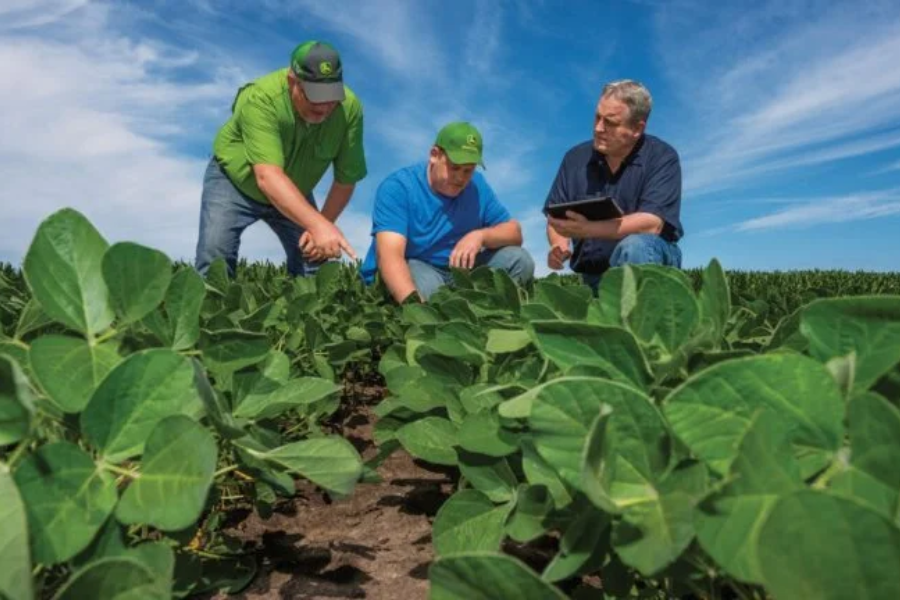Exploring the nuances of the Fallias region requires careful, in-depth investigation, which is precisely the goal of the Fallias Field Report. This comprehensive analysis delves into various aspects of Fallias, shedding light on its unique features, challenges, and potential for future growth.
Background Information
Rich in history, Fallias is known for its ancient monuments and cultural heritage. While the origin of its name is debated among historians, its significance is universally recognized.
Geographical Location
Positioned in a diverse landscape, Fallias boasts a mix of rugged mountains, verdant valleys, and flowing rivers. This geographical diversity plays a crucial role in the region’s biodiversity and agricultural prospects.
Purpose of the Field Report
The primary objective of the Fallias Field Report is to provide a detailed assessment of the region, focusing on environmental, economic, and social aspects. The goal is to deliver a thorough analysis that can serve as a foundation for future research and policymaking.
Expected Outcomes
By the end of this report, we aim to achieve a deeper understanding of Fallias’ strengths and weaknesses. This information will be critical in formulating sustainable development strategies.
Methodology
Our data collection process was comprehensive, utilizing both qualitative and quantitative methods. We conducted surveys, interviews, and direct observations to gather a wide range of information.
Tools and Techniques Used
We employed advanced tools such as GIS mapping, remote sensing, and statistical software to analyze the data effectively. These techniques helped us identify patterns and trends that might not have been apparent through traditional methods.
Observation and Data Analysis
Initial Observations
Our early observations revealed a region rich in natural resources but facing significant socio-economic challenges. One of the first striking patterns was the disparity between different areas within Fallias.
Detailed Data Analysis
A deeper analysis of the collected data uncovered the region’s core issues. Multiple statistical techniques were employed to ensure the accuracy and reliability of our findings.
Findings
Key Discoveries
One of the major discoveries was the potential for sustainable agricultural practices. The fertile valleys of Fallias present a great opportunity for organic farming, which could greatly boost the local economy.
Statistical Insights
Our statistical analysis revealed a strong correlation between education levels and economic development across different areas of Fallias. This underscores the importance of investing in education to drive regional progress.
Discussion
Interpretation of Findings
The findings of the Fallias Field Report reveal a region brimming with potential, though key areas need attention. For example, the link between education and economic growth highlights the need for governmental investment in education to unlock long-term benefits.
Implications of the Study
The study’s findings provide a critical framework for policymakers, researchers, and local stakeholders to collaborate on sustainable development projects.
Challenges Faced
Obstacles in Data Collection
One of the biggest challenges we faced was the difficult terrain, which made it hard to gather data in certain areas. There were also logistical issues related to accessing remote regions.
Solutions and Adaptations
We adapted by working with local guides and utilizing technology to overcome these challenges. Drones and satellite imagery proved especially useful in collecting data from hard-to-reach places.
Case Studies
Specific Instances from the Field
In one village, we observed a community-led effort to restore a damaged watershed. This case study illustrates the potential of grassroots involvement and offers a model that could be replicated across other parts of Fallias.
Lessons Learned
The success of this initiative highlights the importance of involving local communities in development projects. Their knowledge and commitment are invaluable resources.
Conclusion
The Fallias Field Report provides a comprehensive overview of the region, highlighting both its promise and its challenges. By focusing on sustainable development and education, the full potential of Fallias can be realized.
Future Research Recommendations
Future research should build on these findings, exploring more specific areas such as the impact of climate change on local agriculture and the role of digital technology in education.
FAQs
What is a Fallias Field Report?
A Fallias Field Report is a comprehensive study that explores various aspects of the Fallias region, including its environmental, economic, and social characteristics.
Why is the Fallias Field Report important?
This report is crucial for understanding the current state of Fallias and provides a foundation for future research and policy development.
Explore in-depth insights on trending topics and more at Infosekker.




